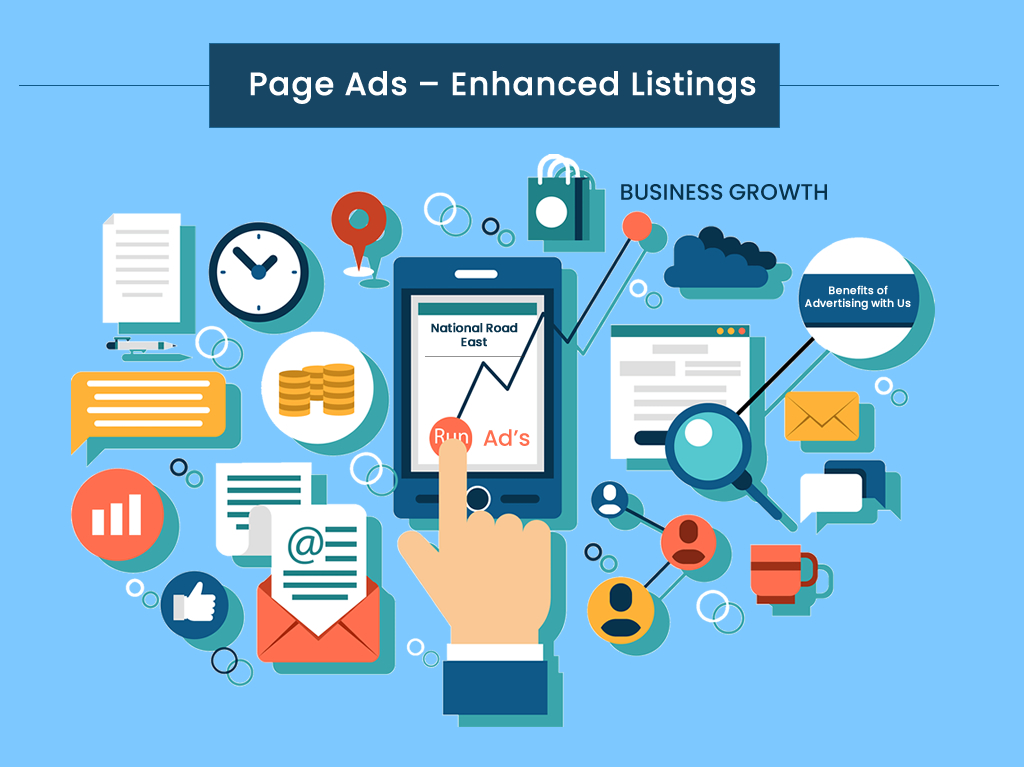Website Design: Creating an Engaging and User-Friendly Online Presence

Website Design / Business Development
In the digital age, a well-designed website is crucial for any business or individual looking to establish a solid online presence. A website serves as a virtual storefront, representing your brand, communicating your message, and connecting with your target audience. Effective website design goes beyond aesthetics; it creates an engaging and user-friendly experience that drives visitors to explore your content and take desired actions. This page delves into the critical aspects of website design, from visual elements to functionality and user experience.
Critical Aspects of Website Design
Purpose and Target Audience: Every website should have a clear sense and cater to a specific target audience. Understanding the goals you want to achieve with your website will guide the design process. Whether you aim to sell products, showcase a portfolio, share information, or provide services, defining your purpose helps determine your website’s overall structure, layout, and content. Identifying your target audience enables you to tailor the design elements to their preferences, ensuring a practical user experience.
Visual Elements: The visual aspect of website design is pivotal in attracting and retaining visitors. Consistent branding, appealing color schemes, high-quality images, and visually pleasing typography contribute to a polished and professional appearance. The design should align with your brand identity and evoke the desired emotions in your audience. Striking the right balance between visuals and content is essential to create a visually engaging website that effectively communicates your message.
User Experience (UX) Design: User experience (UX) design focuses on optimizing the overall experience for visitors. It involves creating a logical and intuitive navigation system, ensuring easy access to information, and providing seamless interaction across various devices and screen sizes. An effective UX design considers page loading speed, mobile responsiveness, clear call-to-action buttons, and user-friendly forms. By prioritizing user needs and preferences, you enhance engagement and encourage visitors to explore further.
Information Architecture: The structure and organization of your website’s content are crucial for easy navigation and accessibility. Planning a clear information architecture allows visitors to quickly find the information they seek. Categorizing content into logical sections, using clear headings and subheadings, and incorporating search functionality contribute to an intuitive user experience. Additionally, including a sitemap and breadcrumbs enhances navigation and helps search engines crawl and index your website effectively.
Responsiveness and Compatibility: In today’s mobile-driven world, responsive design is a must. With users accessing websites from various devices, ensuring that your website adapts seamlessly to different screen sizes is essential. Responsive design enables optimal viewing and interaction across desktops, laptops, tablets, and smartphones. Compatibility with various browsers and operating systems is equally important to reach a wider audience and provide a consistent experience to all users.
Accessibility: Website accessibility ensures that people with disabilities can access and navigate your website effectively. Considerations such as providing alternative text for images, using descriptive headings, and implementing keyboard navigation are essential for individuals with visual impairments or motor disabilities. Adhering to accessibility standards demonstrates inclusivity and improves visitor search engine optimization (SEO) and user experience.
Optimization for Search Engines (SEO): Implementing basic SEO practices is vital for your website to be discovered by search engines and appear in relevant search results. This involves optimizing page titles, meta descriptions, headings, and content with relevant keywords. Well-structured URLs, fast loading times, and mobile responsiveness improve SEO performance. SEO ensures that your website receives organic traffic and reaches a broader audience.
Effective Website Design
Effective website design encompasses a combination of appealing visuals, user-friendly navigation, and optimized functionality. By understanding your purpose, and target audience, and incorporating these essential elements, you can create an engaging online presence that captivates visitors,






